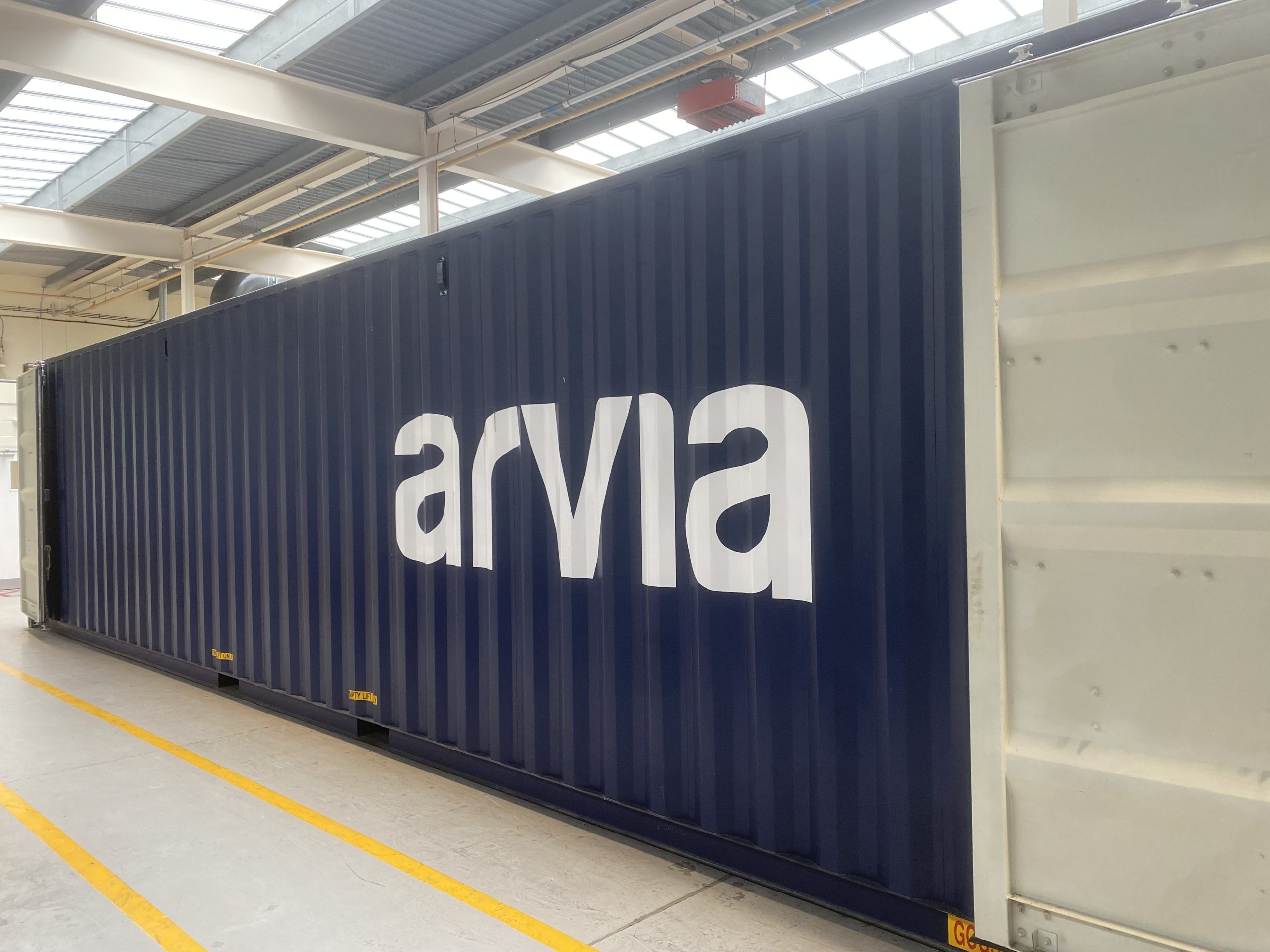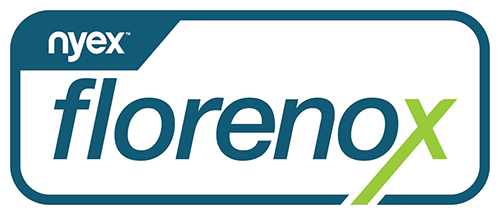PFAS Wastewater Treatment
Arvia has pioneered a unique technological solution to tackle our planet’s PFAS challenge head on. Using advanced electrochemical oxidation, our PFAS wastewater treatment system ensures complete destruction of “forever chemicals” without harmful secondary waste. Scalable and sustainable, it helps industries meet regulations, while safeguarding water and public health.


